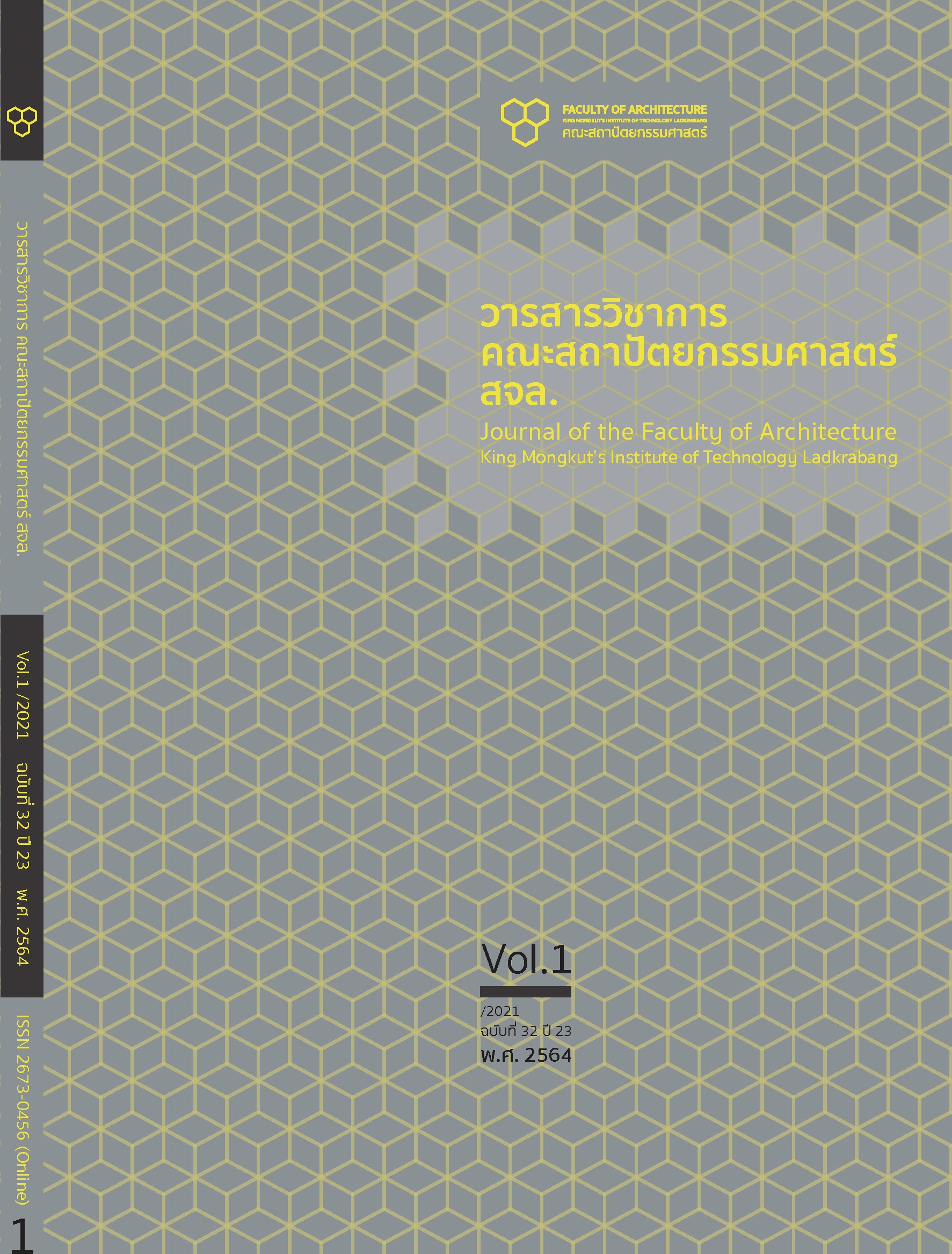Aesthetics and Politics in the films of Kongdej Jaturanrasmee
Main Article Content
Abstract
The objectives of this qualitative research aims are to study aesthetics and politics in the films of Kongdej Jaturanrasmee. A film director who conveys the story of Thai society with tact and depth through multi-dimensional of films. This is a study of the textual analysis of 7 selected films including Sayew (2003),Midnight My Love (2005), Handle Me with Care (2008), P047 (2011), Tang Wong (2013), Snap (2015) and Where We Belong (2019). The film selection criteria were based on feature films, the event related to the political period in Thailand between 1992-2019, and awards won or widespread recognition.
The research results found that all 7 selected films shared the following common traits: 1) aesthetics or beauty in films, it’s classified as a neorealism, it's an art that conveys meaning to allow the audience to interpret the film within the framework of their own experience. Under the aesthetic aspect, visual and sound symbols is often used through the characters that are diverse in gender, class, occupation and generations. 1.1) The beauty of visual elements conveys the feelings of a nostalgic character who wants to escape the truth in search of love and happiness. This element is presented through simple editing methods in storytelling, emphasize the emotions and using pictures alternating with letters. 1.2) Meanwhile, the beauty of sound elements uses the power of silence instead of speaking through conversations and movie soundtracks to convey more meaning. 2) Politics in films: The analyzed films presented significant political implications in each time and place in Thailand. That’s conveys denotation and connotation. Thus, Jaturanrasmee’s films went beyond entertainment purposes but also for understanding human diversity and being archival, reflecting the diversity of people in Thai society. 2.1) Jaturanrasmee’s earlier film production between 2003-2008 used only political events as a background. During this era, different symbols had been used, such as the Thai national flag and the Thai national anthem, which are not directly related to political content. 2.2) In his later film production between 2011-2019, the nature of asking questions about the events that have occurred in Thai society emerged, mainly presenting the development of communication technology that characters are used in each story to reduce the stress of politics and thus recording Thailand's extraordinary political history through films.
Article Details
This work is licensed under a Creative Commons Attribution-NonCommercial-ShareAlike 4.0 International License.
Copyright Transfer Statement
The copyright of this article is transferred to Journal of The Faculty of Architecture King Mongkut's Institute of Technology Ladkrabang with effect if and when the article is accepted for publication. The copyright transfer covers the exclusive right to reproduce and distribute the article, including reprints, translations, photographic reproductions, electronic form (offline, online) or any other reproductions of similar nature.
The author warrants that this contribution is original and that he/she has full power to make this grant. The author signs for and accepts responsibility for releasing this material on behalf of any and all co-authors.
References
กฤษดา เกิดดี. (2556). ทฤษฎีภาพยนตร์แนวสัจนิยมใหม่: ทฤษฎีการวิจารณ์ภาพยนตร์เบื้องต้น. นนทบุรี: มหาวิทยาลัยสุโขทัยธรรมาธิราช.
เขมพัทธ์ พัชรวิชญ์. (2558). ภาพยนตร์ไทยนอกกระแสกับภาพสะท้อนปัญหาสังคมไทย. (วิทยานิพนธ์ปรัชญาดุษฎีบัณฑิต สาขาวิชาทัศนศิลป์และการออกแบบ คณะศิลปกรรมศาสตร์, มหาวิทยาลัยบูรพา).
ไชยรัตน์ เจริญสินโอฬาร. (2550). ความคิดทางการเมืองของฌาคส์ ร็องซีแยร์. กรุงเทพฯ: สนพ.สมมติ.
วาด รวี. (2563). โอลด์รอยัลลิสต์ดาย. กรุงเทพฯ: สนพ.สมมติ.
วิระชัย ตั้งสกุล. (2556). ทฤษฎีและการวิจารณ์ภาพยนตร์เบื้องต้น. นนทบุรี: มหาวิทยาลัยสุโขทัยธรรมาธิราช.
วีระยุทธ ทรัพย์ประเสริฐ. (2559). โครงสร้างการเล่าเรื่องในภาพยนตร์ที่กำกับโดย คงเดช จาตุรันต์รัศมี. (วิทยานิพนธ์นิเทศศาสตรมหาบัณฑิต วิทยาลัยนิเทศศาสตร์, มหาวิทยาลัยรังสิต).
อุสุมา สุขสวัสดิ์. (2559). การศึกษาวิเคราะห์ภาพยนตร์ไทยนอกกระแสที่ได้รับรางวัลระหว่าง พ.ศ. 2543-2555. (วิทยานิพนธ์ปรัชญาดุษฎีบัณฑิต คณะศิลปกรรมศาสตร์, มหาวิทยาลัยศรีนครินทรวิโรฒ).
Dixon, V.K. (2009). Understanding the Implications of a Global Village. Retrieved from: http://www.inquiriesjournal.com/articles/1681/understanding-the-implications-of-a-global-village.
Giannetti, L. (2001). Understanding Movies, 9th Edition. New Jersey: Prentice Hall.
McLuhan, M. (2013). Understanding Media: The Extension of Man. California: Gingko Press.
Pungente, J.J (1999). Canada's Key Concepts of Media Literacy. Retrieved from: http://www.medialit.org/reading-room/canadas-key-concepts-media-literacy#bio.
Rancière, J. (1992). On the shores of Politics. (L. Heron, Trans.). London: Verso.
Rushton, R. (2013). The Politics of Hollywood Cinema: Popular Film and Contemporary Political Theory. London: Palgrave Macmillan.


